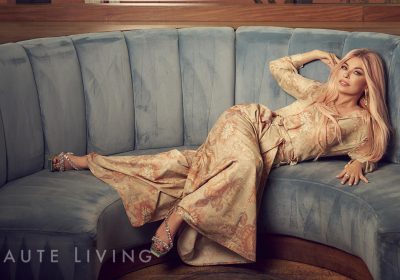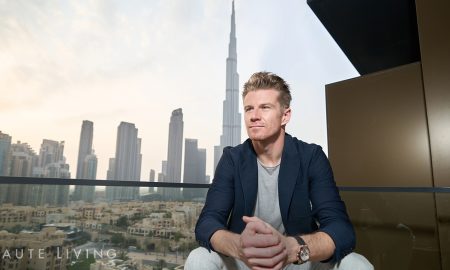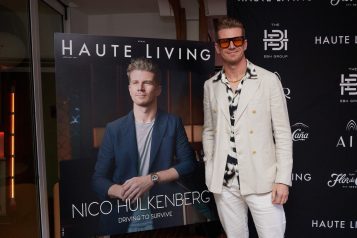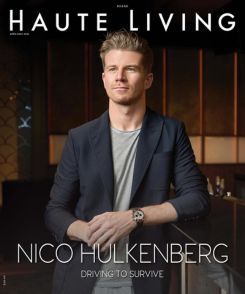Drive through the former-derelict Wynwood streets and you’ll find more street murals than blank walls and a slew of galleries, private collection spaces, and museums on every block. Head north and stumble upon the cultural heart of the diaspora that is Little Haiti, whose vibrant, proud community begets a locality infused with contemporary art. Come to the city in December and you’ll encounter the most unprecedented cultural programming at Art Basel Miami Beach. And on any given weekend, an art walk can be found at almost any neighborhood in the city, like in Coral Gables, Coconut Grove, or Miami Beach.
Yet despite the aforementioned cultural gems, a piece remains missing from the Miami art puzzle: It’s the only major city in the U.S. without a major art museum of its own. While it doesn’t take a discerning person to realize that Miami is an artistic destination, it does take someone with a certain vision to fill the holes of the city’s cultural gaps.
Meet Thom Collins, an art historian, arts administrator, educator, author, and the new director of Miami Art Museum. With more than 15 years of experience directing and curating several of the country’s top contemporary art museums, he takes the reign at the most opportune time for the modest downtown art museum, which is beginning its transition to the new 200,000-square-foot Herzog & de Meuron-designed building located in the 29-acre Bicentennial-turned-Museum Park.
“My interest is in growing institutions, to expand their audience and change and evolve the exhibitions, educational programs, and public programs,” says Collins, who spent the past five years running New York’s Neuberger Museum, which specializes in 20th-century contemporary and African art. “I came to Miami because this institution really has the potential to serve a much bigger audience.”
As only an annual visitor to Miami during Art Basel week and then only going on the “prescribed route of tours,” Collins never had the opportunity to dig into the local arts scene until recently. And he likes what he sees: “This town, because of its diversity, is incredibly rich. With the cost of living different here than a city like New York, you get a higher density of cultural production. I’m finding that Miami has more breadth and depth of visual production than other major cities.”
Picked out from many contenders, Collins stood out to the search committee with his own collection of institutional success. He headed Neuberger Museum with a staff of 22 on a budget of $3.5 million and an endowment of $18 million and helped bring in 75,000 visitors each year. At the Westchester, N.Y., museum, he oversaw exhibitions including Person of the Crowd: The Contemporary Art of Flânerie; Great Women Artists: Selections from the Permanent Collection; Renee Green: Wavelinks; and the forthcoming American People, Black Light: Faith Ringgold’s Paintings of the 1960s, and he also curated Andy Warhol: Pop Politics. Prior, Collins served as director of the Contemporary Museum in Baltimore, chief curator at the Contemporary Arts Center in Cincinnati, and associated curator at the Henry Art Gallery in Seattle.
The MAM board was especially impressed with Collins’ past success of building public support for the museums through programming and community outreach as well as his rich knowledge of modern, contemporary, and Latin American art. With Collins’ appointment came an unspoken promise of evolving MAM as an internationally recognized and community-embracing public art institution. Luckily, the Magic City is in the right climate for growth.
“Miami is unlike most major U.S. cities, which are older and either static or on the economic decline,” explains Collins, who says the level of support from the city—including the 57 percent majority vote to approve the initial chunk of funding for the project—is unusual. “Miami is very young and has experienced incredible growth in the last two decades. This current economic climate would be discouraging in other cities, but the support the city has given to MAM demonstrates a level of self-awareness and a commitment to evolve the city as a whole.”
But the tasks at hand are easier said than done. “In general, it’s going to be very difficult,” Collins says. “We’re going from zero to 60 in a very short amount of time.”



















